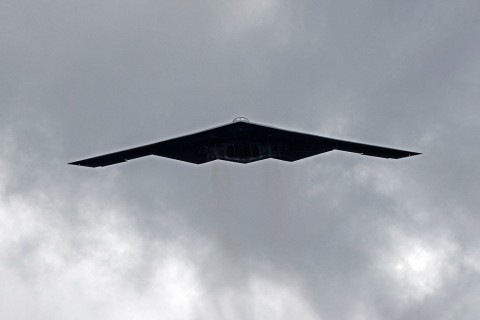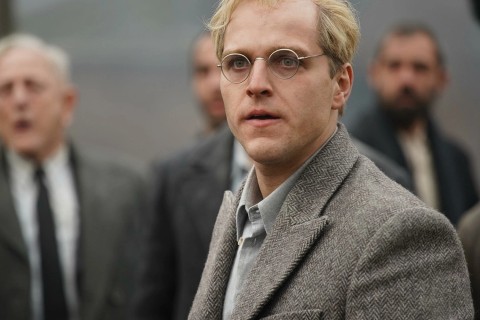Mind the gap
I sat at the dinner table with my father, a mechanical engineer who worked at NASA in research and development. As he began to talk about his next project, I imagined him opening up his head and scratching at his brain, like Dr. Finklestein, Tim Burton’s mad duck scientist in “The Nightmare Before Christmas.” Dad relentlessly rustled up ways in which he could alter the world in some dramatic fashion.
My father had been a part of every mission since the Apollo and was the leading expert in cryogenics. He held nine patents—inventions of devices that grew plants in space, conveyed liquid in zero gravity, and compacted trash. (Dad created WALL-E before PIXAR.)
Each contraption had a “Why didn’t I think of that?” simplicity that must have vexed his colleagues. One time they worked to insulate a booster, but they couldn’t find a way to accomplish the task without the traditional, bulky cushion that would take up too much mass for a space flight. Then someone gave my dad a balloon for his birthday. While they sang the familiar song, he inspected the silver skin. After the final note, he asked how long the material could hold the helium. Upon hearing the response, he turned to the other rocket scientists and said, “Here’s our answer.” They began using Mylar as insulation after that.





